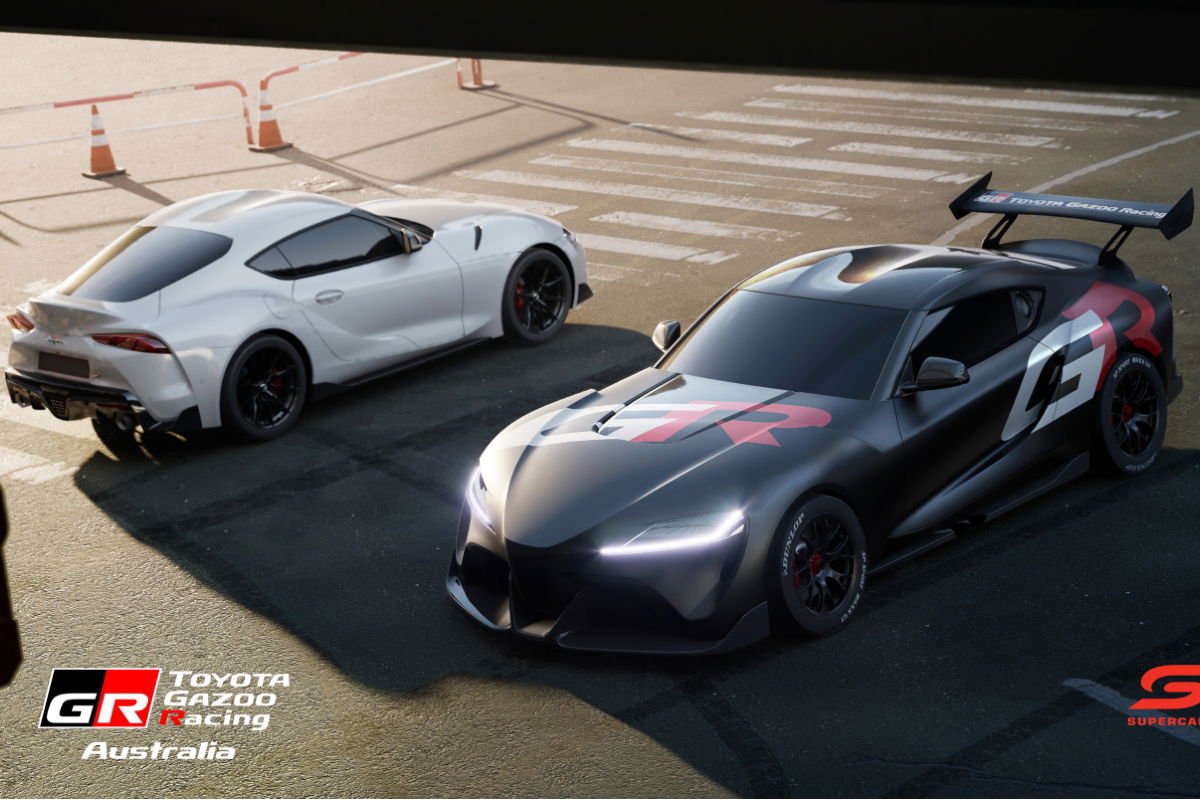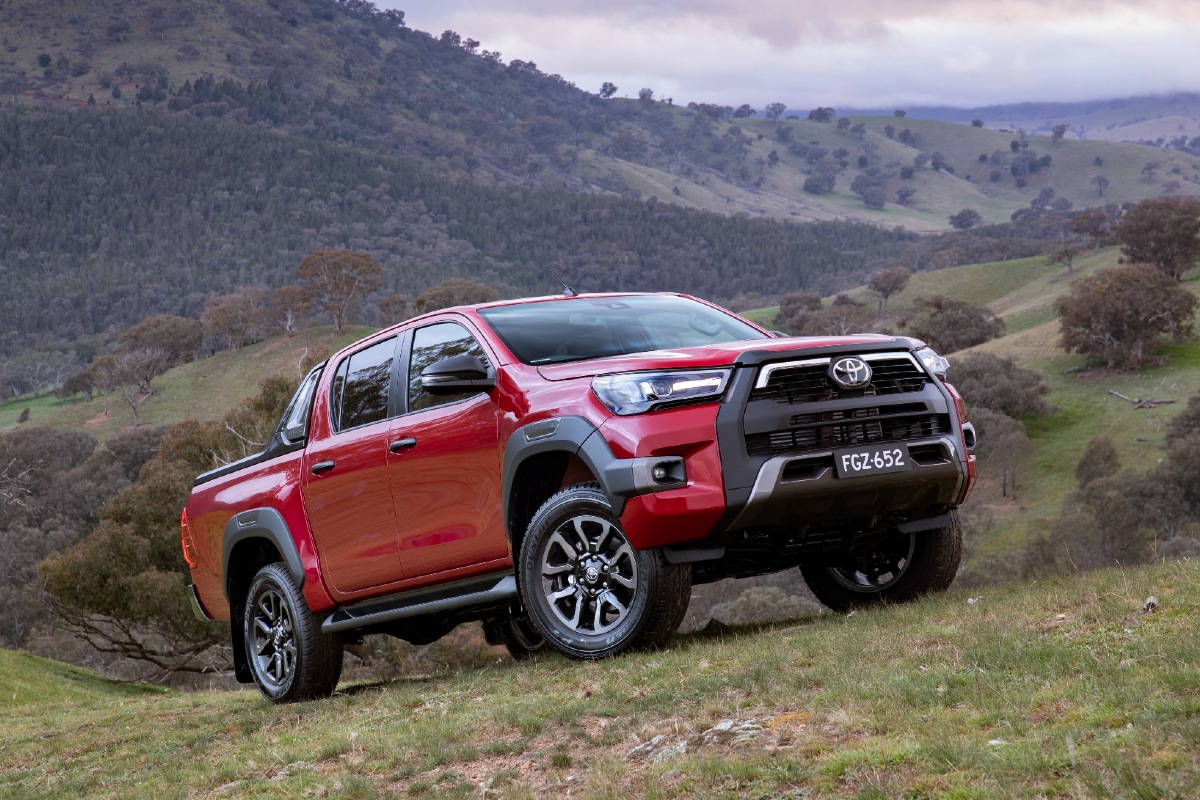
Toyota’s arrival into Supercars racing is the sport’s most pivotal moment since the dawn of the V8-only era in 1993. It has the potential to reshape the sport as we know it and begin a new era of growth after nearly a decade of struggle and uncertainty.
Toyota has long been the ‘white whale’ for Supercars organisers, but had always remained elusive. As the best-selling car brand in the country it will bring the kind of resources the sport has not seen since the golden age of Supercars with Holden and Ford in the early 2000s.
READ MORE: Everything you need to know about Toyota’s move into Supercars
While Toyota is unlikely to spend the tens of millions of dollars those brands did when they were at their peak, the Japanese giant will leverage its involvement in the series to push its GR performance sub-brand. That will no doubt mean investment in marketing and promotion that has the potential to bring new fans and fresh eyes to the sport.

Toyota is not a brand that does anything in half-measures, so its decision to enter the series will come with a push for success both on and off the racetrack. While its GR Supra, GR 86 and Corolla and Yaris hot hatches will be at the centre of its Supercar racing, the likes of the HiLux, Tundra and LandCruiser will also be put in front of the sport’s loyal audience.
READ MORE: Review – Toyota GR Supra
Perhaps just as importantly, by securing Toyota’s investment in the sport, it will no doubt make other brands reconsider their position and view of Supercars racing. Since the demise of Holden, Supercars has struggled to find its new identity. Only the most die-hard General Motors-Ford loyalists were being accommodated under the current rules, with the superceded Chevrolet Camaro competing against Ford’s Mustang.
While the V8-powered GR Supra won’t be as production relevant as the Mustang, it will be more so than the out-of-production Camaro, so that provides a degree of long-term stability the sport has not had since Holden folded.

The arrival of Toyota won’t suddenly attract millions of new fans and turn the sport around overnight, but it does lay the foundation for a new-look future. Ford v Chevrolet v Toyota will bring a fresh dynamic and there is scope for a new audience. While there were multiple generations that grew up with the tribal Holden v Ford rivalry, there is now at least one generation that has little to no awareness of that concept.
Japanese sports cars like the Supra, Nissan Z and Honda Civic Type R are adorned by a generation of kids who grew up with games like Gran Turismo and the Fast and Furious franchise (which may sound ridiculous to some, but those are cultural touchpoints for people under 40).
Supercars, Toyota, Walkinshaw Andretti United and whoever the second team turns out to be will all need to work hard to maximise this opportunity, but for anyone who loves Supercars racing, this is a moment to be celebrated – and a future to be highly anticipated.












Discussion about this post